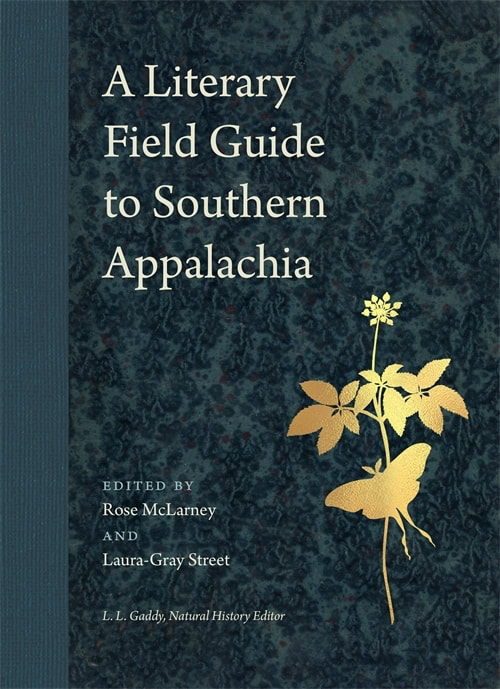|
Vertical Divider
Tennessee’s State Tree, Liriodendron Tulipifera, Family Magnoliaceae
I liked its foxheaded look, its four-peaked leaf whiskering up at the tips; I liked its hell-no height, so tall I couldn't reach a branch, even with a boost; I liked it best goldfinch bright, yellower than the ribbon we left knotted around it all one year; I liked penciling poplar in the book I made in seventh grade, which contained the leaves of thirty-five East Tennessee trees and no actual knowledge of trees, or else I would've written magnolia, my fake poplar's family name— that waxy, genteel name I like to mock. I was proud that our state tree could grow on mountains, in hollers, in my yard (one dog or another chained to it), in any shit field from one end of the state to another, proud it wasn't soft, like moonlight roping through branches in a habitat only real on a TV screen. We never used and never knew its proper name and didn't want to know. For my grandfather its names were shutters, shingles, cabinetry; for my father its names are the names of forty years of dogs; for me, its names become the pulp left in my mouth from some country club south gracious with trees I hadn't seen and didn't want to see. I thought it was a harder wood than what it was because it had to be.
|
A Literary Field Guide to
|
CURRENT ISSUE
|
CONTACT
|
DEPARTMENT OF ENGLISH
|


